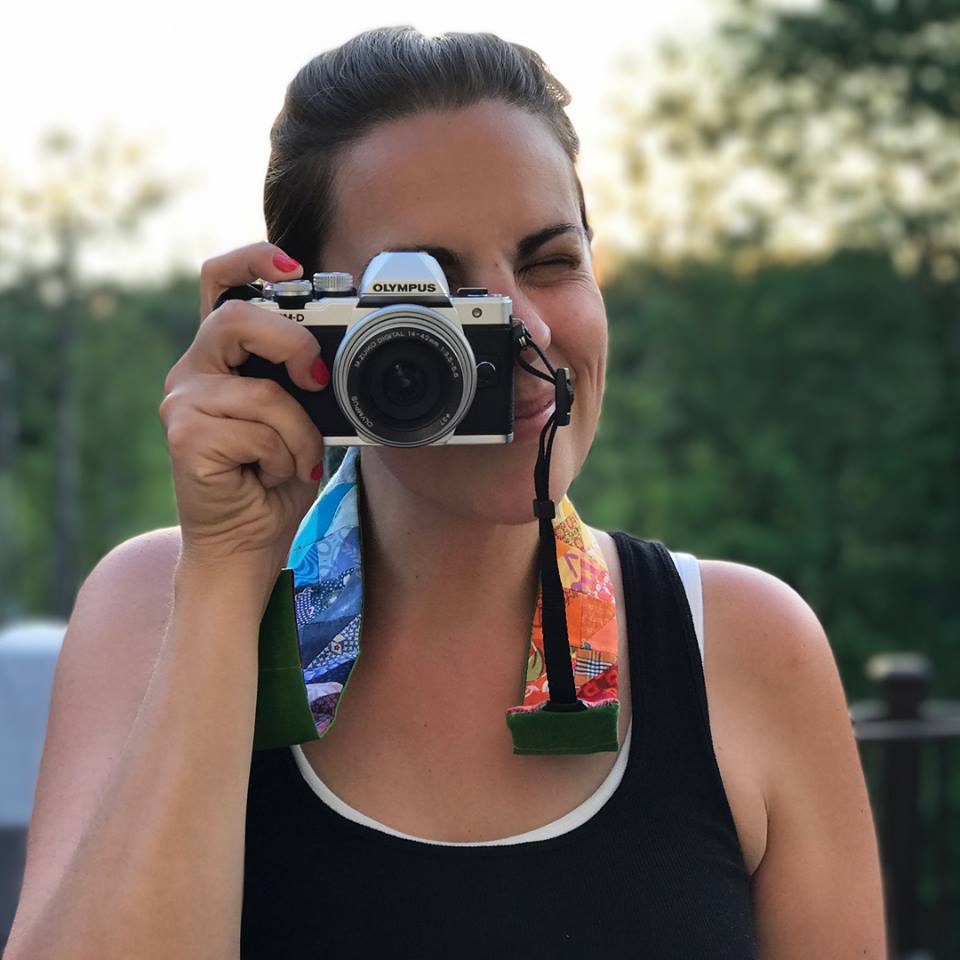Talk about a perfect match.
Amid a month of holiday festivities, on the third night of Hanukkah, the Wharton Center welcomed the touring production of the 1964 Broadway classic, “Fiddler on the Roof.” The timing and setting could not be more appropriate for this celebration of a show, playing now through December 9th.
In the stripped down but exquisitely rich production from Tony Award-winning director Bartlett Sher and the team behind “South Pacific“ and “The King and I,” audiences will enjoy the timeless themes of family, love, and traditions. Not to mention, the infectious score and memorable songs. On opening night, the audience couldn’t help but clap along with the orchestra at the beginning of Act II.
Set in 1905, “Fiddler on the Roof” tells the story of Tevye, a poor Jewish milkman living in the fictional Russian village of Anatevka. Facetiously blessed with five daughters and married to his sharp-tongued, no frills wife Golde, Tevye struggles to keep his family’s small town sensibilities and Jewish traditions in tact as outside influences start to creep in. When his three eldest daughters find love in unlikely places and *gasp* advocate for their own happiness, Tevye must come to terms with the divide that continues to grow between the old and the new. Outside of his evolving family, whether the Tsar of Imperial Russia will evict the Jews from their village hovers like an impending storm.
“Fiddler on the Roof” opens, as expected, with Tevye (Danny Arnold). He is holding a book on a stark stage, a sign for Anatevka suspended in the air. But Tevye is wearing a bright red winter coat, his head uncovered. We soon realize that this “Tevye” is actually a modern man opening a chapter into the past. Perhaps he’s a descendant of the family; it seems up to interpretation.
This choice of a framing device for the production, revisited in the closing moments, helps to create a visual link between the past and the present. While the show is set in 1905, the fact that Jewish people still experience persecution over a hundred years later sheds light on the reality that we still have many things to learn about the past.

Then, as Tevye changes into his hat and work-worn clothes, Arnold leads the company in a rousing performance of the classic opening song, “Tradition.” The wood flooring added to the stage helps the company’s dance steps reverberate through the theatre, pulsing with each stomp.
Arnold, who will be playing Tevye throughout the Wharton Center run, captures the self-deprecating nature of his character, bringing a lightness to a soul fraught with thought. He is younger than other actors who have played the classic role, but will win traditionalists over with his joyous daidle deedle daidle dancing in “If I Were a Rich Man” and humorous side conversations with God.
As Tevye’s fierce wife Golde, Maite Uzal instills fear and brings many laughs with her deadpan responses. Uzal’s voice shines in a moment of unlikely tenderness between Tevye and Golde, exposing the threads of love underneath 25 years of an arranged marriage, in “Do You Love Me?” Read my interview with Maite Uzal here.
The couple’s three eldest daughters, Tzeitel (Mel Weyn), Hodel (Ruthy Froch), and Chava (Natalie Powers), are sweet but ambitious, each getting bolder in their determination to pursue a future based on their own desires. As Tzeitel’s adorably nervous love interest, Motel, Jesse Weil brings a lot of physical comedy to his role. His anxious interactions with Tevye will feel all-too-familiar to anyone eager to impress a dad.

Years after I first saw “Fiddler on the Roof” in Detroit with my dad as a young girl, what I remembered most about the show was its choreography, and the famous Bottle Dance in particular. In the updated production, Israeli choreographer Hofesh Shechter honors the original staging by Jerome Robbins in a meeting of the old and the new.
The choreography, from the celebration at the inn (“To Life”) to the hauntingly beautiful wedding at the end of Act I (“Sunrise, Sunset” and “The Wedding”), is so fluid and dreamlike. The men of the village appear as though they are gliding on ice, or floating on a cloud. The Bottle Dance, years later, is still a personal highlight.

With its sparse stage design and muted costumes, “Fiddler on the Roof” allows both the quiet moments and elaborate choreography to shine. And for a show that has its share of heartbreaking moments, I had forgotten how witty and hilarious the writing is; 54 years later, “Fiddler on the Roof” aces the test of time.
And truly, that is because the lessons of “Fiddler on the Roof” are both timely and timeless. As Maite Uzal said, “the show is always going to connect to new generations and all generations. That’s precisely what the show is about. The old ways versus the new ways.”
We may try to hold onto the traditions of the past with all of our might, but learn that change in the only constant. As we find ourselves in the fluid middle between the past and the future, that change is at once painful and comforting.
With every sunset, there is another sunrise on the horizon.
Celebrate life and love this holiday season with “Fiddler on the Roof” at the Wharton Center, playing through December 9th, 2018. Click here for show and ticket information.

